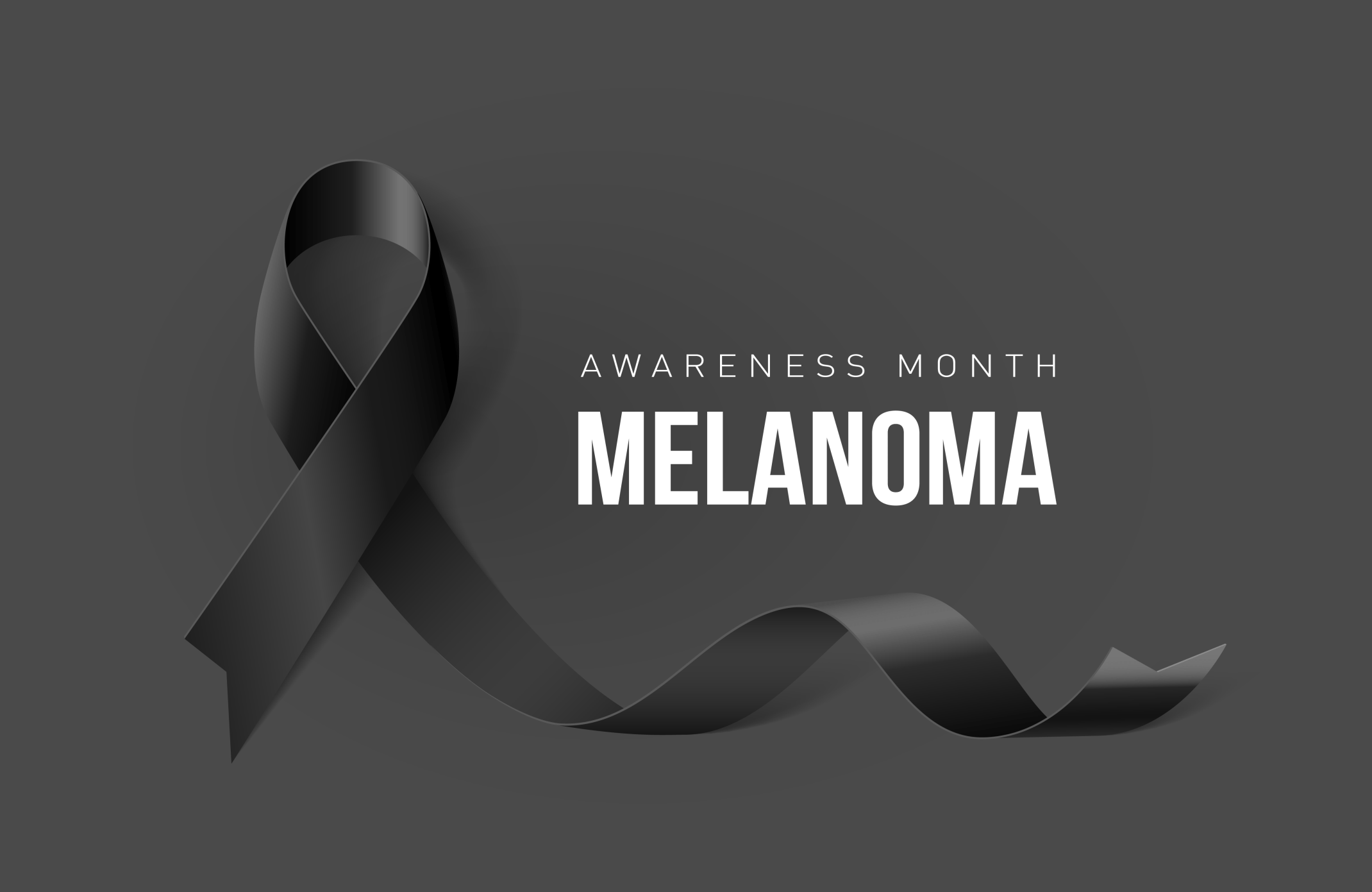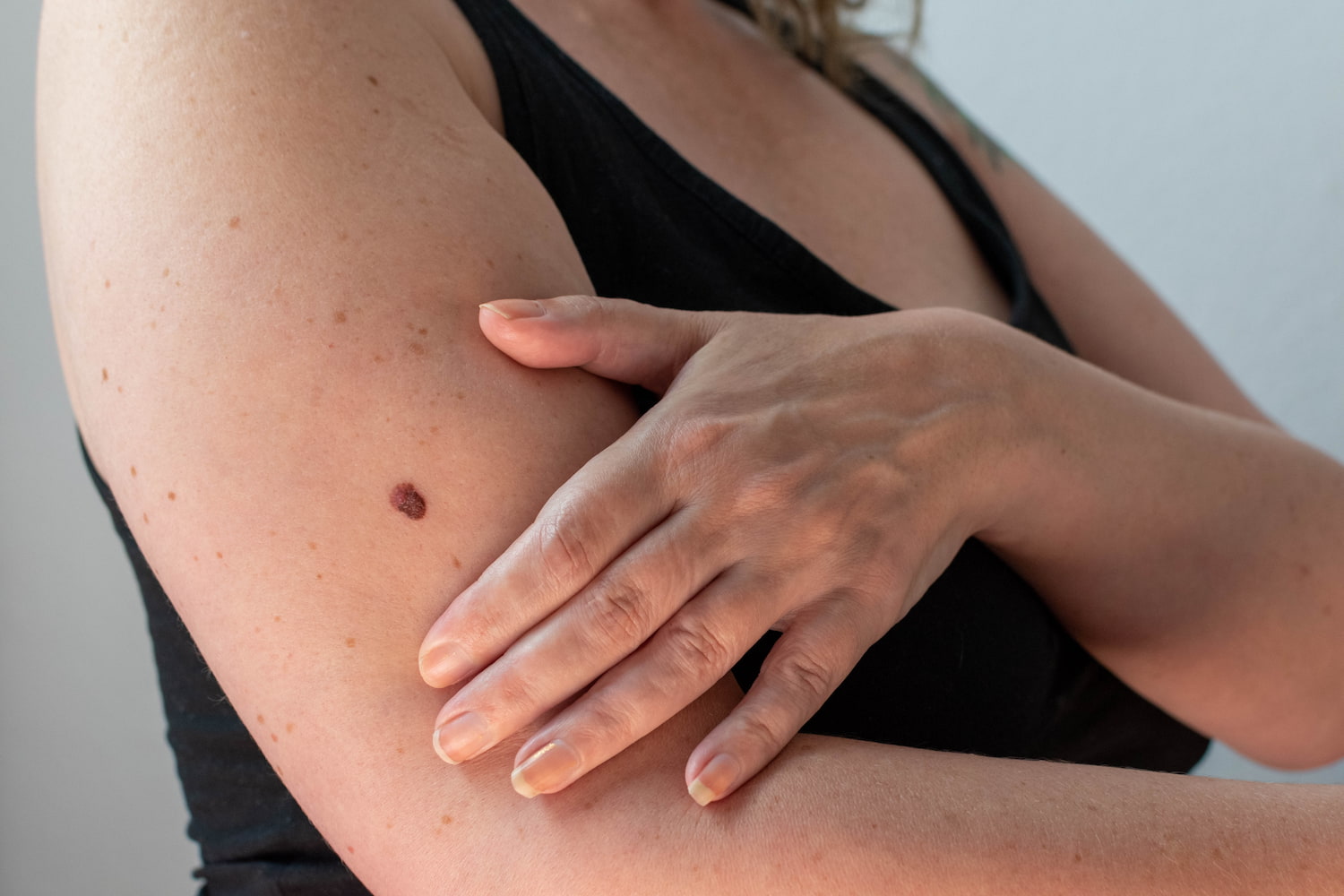In honor of May Melanoma Awareness Month, I would like to provide a brief review of the most recent melanoma data for Arizona residents. As always, please be sure to get your skin checked by a dermatologist at least annually and wear sunscreen daily, using a minimum of SPF 30.
Over the previous decade the rate of melanoma has significantly increased. The Arizona age adjusted rate of invasive melanoma has increased 19% from 18.2 (2009) to 21.6 (2014) cases per 100,000 persons. The Arizona rate to surpassed the U.S. rate in 2014 because of increased physician reporting of melanoma cases. In the years 2009-2014 the highest age adjusted melanoma incidence rates are found in Pima and Co-conino counties (22.8 and 21.8 cases per 100,000 persons).
Age at diagnosis of melanoma differs between males and females. When all age groups are combined most cases of melanoma occur in males. Among females the median age at diagnosis is 64 years, while among males the median age at diagnosis is 69 years In most age groups, male mortality exceeds female mortality percentage 2 to 1. Cases with a White Non-Hispanic race/ethnicity have the highest melanoma age adjusted rate of all race/ethnicity groups (23.7 cases per 100,000 persons). All other race/ethnicity groups range between 1.3 and 3.5 cases per 100,000 persons.
More cases of melanoma are diagnosed on the trunk of the body (28.5%) than other skin sites. The upper limb and shoulder site follow closely behind at 26.2% of cases diagnosed with melanoma. The fewest cases of all skin sites are diagnosed on the eyelid (0.6%) and the ears (3.6%). There is a greater chance of a person developing melanoma on the left side of the body compared to the right side. Melanoma that occurred in the eyelid, ear, upper limb & shoulder, and lower limb & hip were more often diagnosed on the left side of the body in greater than 50 percent of cases.
Most melanoma develops in the skin. However about 5 percent of melanoma cases develop in non-skin sites. From 2009-2014, 2 of every 3 cases (66.7%) of non-skin melanoma occurred in the eye. Another 10.4% of non-skin melanoma developed in the respiratory system, 8.5% in the female genital system and 7.5% in the digestive system. Stage of disease at diagnosis impacts the length of survival of persons with invasive melanoma. Persons diagnosed with a local stage had a 91.7 percent relative five year survival rate. Persons diagnosed with a distant stage had a five year relative survival rate of 14.7 percent. A total of 31,486 persons (28,861 with one melanoma and 2,625 persons with multiple melanomas) were reported to the Arizona Cancer Registry (ACR) with melanoma between 1995 and 2014. The ACR found that 8.3% of the cases had multiple melanoma primaries.
— Dr. Dustin Mullens





